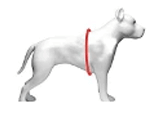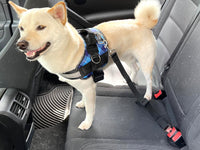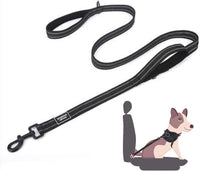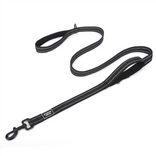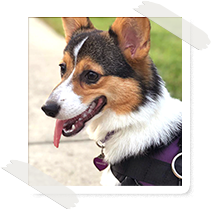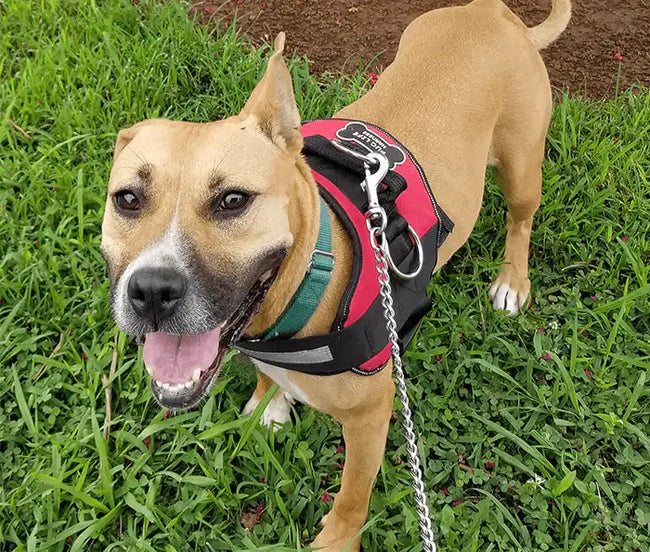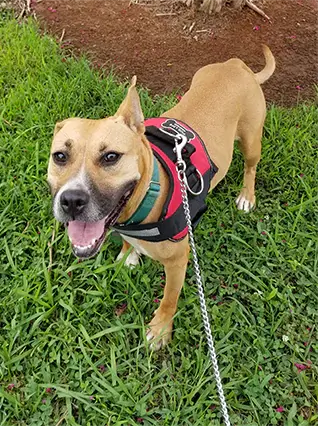How Does Daylight Saving Time Affect Dogs?
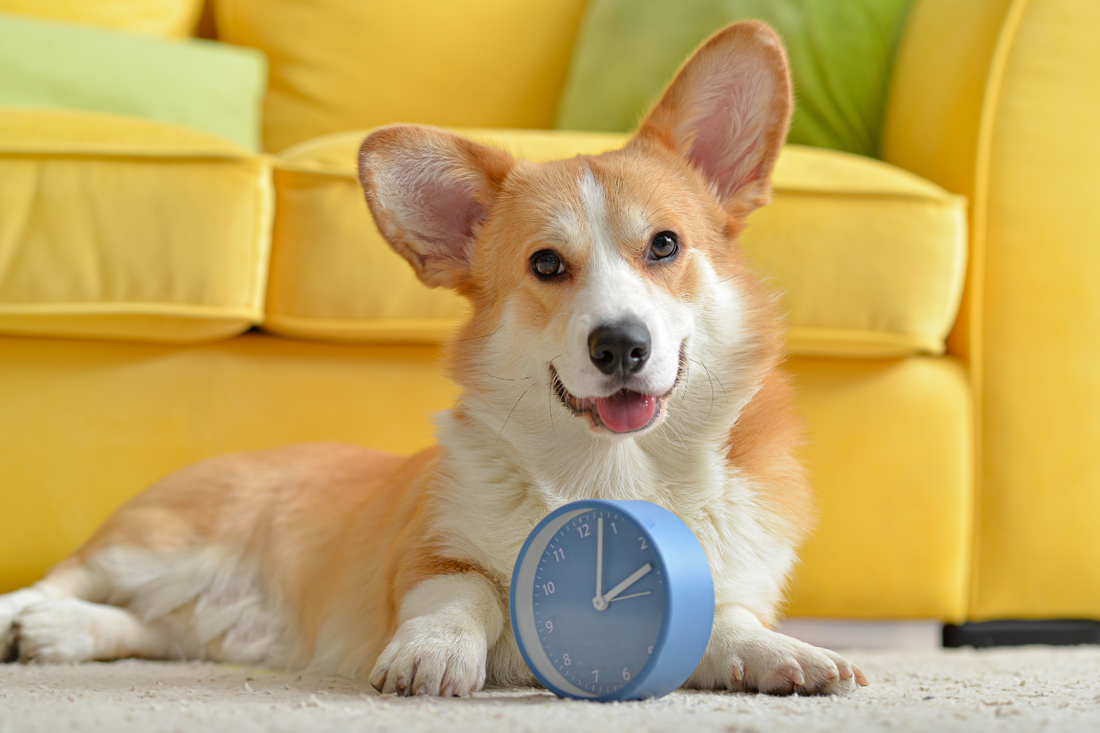
Every spring and fall, we adjust our clocks for Daylight Saving Time (DST)—moving forward an hour in the spring and back an hour in the fall. While this shift may feel like a small inconvenience to humans, for dogs, it can be a bigger adjustment than we realize.
Dogs thrive on routine. They rely on consistent schedules for feeding, bathroom breaks, playtime, and sleep. When their schedule suddenly shifts—even by an hour—it can cause confusion and temporary stress.
If you’ve noticed your dog seeming restless, waking up at odd hours, or begging for food at the wrong time after a time change, they’re likely feeling the effects of DST. This article will explain why the time change affects dogs, how to help them adjust, and what you can do to keep their routine as smooth as possible.
Why Does Daylight Saving Time Affect Dogs?

Dogs operate on an internal clock, or circadian rhythm, which regulates their sleep, eating habits, and activity levels. Unlike humans, dogs don’t tell time by looking at a clock—they rely on environmental cues, like natural light, meal schedules, and daily habits.
When DST shifts the time forward or back, it interrupts the signals dogs use to structure their day. This can lead to temporary confusion, stress, and behavioral changes.
Common Ways DST Affects Dogs:
1. Feeding Schedule Disruptions
If your dog is used to eating at 7 AM, and suddenly their meal comes an hour later or earlier, they may become restless, anxious, or start begging for food at the usual time.
2. Bathroom Routine Changes
Dogs that are used to going outside at a set time might experience accidents indoors or discomfort if their routine is suddenly adjusted.
3. Disrupted Sleep Patterns
Just like humans, dogs might have trouble adjusting to a new wake-up time, leading to early wake-ups or difficulty settling down at night.
4. Exercise & Walks at Different Times
If your dog is used to an after-dinner walk, but suddenly the timing shifts, they may have excess energy or seem restless.
5. Changes in Light Exposure
Natural daylight plays a role in a dog's internal clock. When sunset or sunrise shifts due to DST, some dogs might become confused about when it’s time to wake up or wind down.
While these effects are temporary, some dogs—especially those who are highly routine-driven—may take a few days to a week to fully adjust.
How to Help Your Dog Adjust to Daylight Saving Time

The best way to minimize DST’s impact on your dog is to gradually shift their routine before the time change happens. This helps ease them into the adjustment, rather than making it an abrupt shift.
1. Adjust the Routine Slowly
- Start making small changes a few days before DST by adjusting your dog’s schedule in 10- to 15-minute increments each day.
- If you normally feed them at 7 AM, shift it to 6:45 AM, then 6:30 AM, and so on until you match the new time.
- Apply this method to feeding, bathroom breaks, and walk times to help your dog adjust naturally.
2. Maintain Consistency
- Even after DST takes effect, stick to the new schedule consistently to help your dog adapt quickly.
- Avoid making sudden or unpredictable changes in mealtimes, walks, or bedtime.
3. Use Natural Light to Reset Their Internal Clock
- Natural light helps regulate a dog’s circadian rhythm.
- After the time change, spend more time outdoors in the morning to help their body recognize when the day starts.
4. Provide Mental and Physical Stimulation
- Some dogs may feel restless or confused with the time shift. Keep them engaged with extra playtime, training sessions, or puzzle toys to distract them and help them adjust.
5. Be Patient & Reassuring
- If your dog seems restless, hungry at odd times, or waking up too early, be patient.
- Avoid reinforcing anxious behavior (like feeding too early if they beg). Instead, provide comfort and stick to the gradual adjustment plan.
While Daylight Saving Time is a minor adjustment for humans, it can be a bigger change for dogs who rely on set routines. The shift in mealtimes, walks, and light exposure can cause temporary confusion or stress, but with gradual changes, consistency, and patience, your dog will adapt smoothly.
If you prepare in advance and make small adjustments before the time change, your dog will experience less stress and settle into the new schedule with ease.
-----
This is just a sampling of informational roundups we offer at Joyride Harness. You can find more tips and tricks and how-to’s for caring for your dog on our blog at this section. Feel free to leave a comment with things you’re looking for!







